Review: Casio Gz'One Commando 4G LTE for Verizon Wireless
Music
The Commando uses the stock music player. This is a bit of a disappointment, but not really all that unexpected. The stock music player is easy to navigate and use, though its feature set is lacking. You can sort through artists, albums, genres, as well as playlists. The Commando also includes all the native Google Play services for content purchasing and playback. They are known entities and work the same on the Commando as they do on other Android handsets.
The Commando has a few other options. Slacker is available to meet your music streaming needs, and the Amazon MP3 player is on board if you're looking for an alternative to Google Play Services. The Commando also has an FM radio. The Amazon Kindle and Audible apps are both present for your book-reading needs.
Of course, the native YouTube app is on board, as is Verizon's Viewdini, which is used in conjunction with your TV to find, discover, and watch TV content. Viewdini is basically TV Guide on steroids, as it includes other sources, such as Hulu, BlockBuster, Netflix, etc. Verizon's ringtone app is available, (still?!) if you're interested in over-paying for ringtones. Last, Verizon's NFL app is on board. The NFL app is full of pre-season stuff right now, but will rev up in the fall once the season kicks off with games, highlights, and commentary.
Camera
The Commando's camera software is fairly complex, and offers some advanced tools for creative types. There is no dedicated camera button, so you have to launch the camera via the lock screen shortcut or via the main menu. The user-definable action key can be set to open the camera, but it only does so after the phone is already unlocked. Whichever avenue through which you choose to open the camera, it launches in a snap.
The camera has a user interface that will look familiar to most experienced smartphone users. Shutter controls are lumped together on the right, while menus and settings are all packaged together on the left. There are a lot of little icons on the screen, though, and it takes awhile to learn what they all mean.
The settings menus let users put the phone in an auto shooting mode that will do its best to adapt to the lighting conditions at hand, but the menus also provide for granular control over scenes such as day, night, landscape, parties, sports, and so on. Some of the odder options: cooking and pets. Then there are separate camera modes, which let you switch to panorama, HDR, burst shot, and so on. Of course, most simple parameters can be adjusted as well, including white balance, exposure, resolution, and ISO (sensitivity.) The software shutter button is rather small on the screen, and you have to switch to video mode manually if you want to capture some video footage. The volume toggle acts as a zoom key.
The Commando camera focuses and captures images quickly, but I've seen faster.
Last, it is worth noting that the Commando LTE 4G adds a user-facing 1.3-megapixel camera, something the original did not have.
Photos
I thought the Commando took average photos. Some were very good, the bulk were OK, and some were not good at all. The biggest problem I saw in the not-good-at-all photos was soft focus and improper white balance. All photos showed more grain than I wanted to see, but it was minimal in photos taken under a bright sun. Most people will probably be satisfied with their photos, but power users will benefit from taking the time to tweak the camera's settings before they shoot. A little know-how goes a long way in helping the Commando.
Gallery
The photo gallery is the stock Android option. Albums are organized into folders that are accessed from a drop-down menu at the top of the screen. The individual albums show photos in grids of thumbnails. When viewing separate photos, the gallery app allows users to share them via any social networking or messaging app installed on the phone. Editing features are the same as other stock Android devices, which means you have crop and rotate, red-eye reduction, and a number of filters available to help correct exposure/brightness, as well as add artistic effects. It's not a bad gallery app, but it would have been nice if Verizon or Casio dressed it up a little bit or added a few unique features.
Video
The full 1080p HD video I captured with the Commando was slightly more impressive than the regular pictures. Focus was better, as was white balance. The amount of grain was about the same, but the overall results were more even and usable.
Browser
The Commando LTE 4G uses the stock Android browser. The features of the browser haven't changed in what feels like an eternity, but it's a solid browser. Browsing speeds on Verizon's LTE 4G network range from very good to excellent. As mentioned above, the Commando always maintained a solid connection to Verizon's network. I found many web sites loaded in well under five seconds, with some popping up in fewer than three. Only in the worst areas did sites take more than 10 seconds to render. The browser itself functioned well. If you're not into the stock Android browser, there are plenty of alternatives available in Google Play.
Bluetooth
The Commando supports the standard set of Bluetooth profiles, including mono and stereo headsets, phone book access, etc. I was able to pair the Commando to other devices with no problem. Phone calls sounded very good via mono Bluetooth headsets, and music didn't sound too bad when streamed to a pair of stereo Bluetooth speakers I have.
Clock
The Commando's clock is a digital display that shows up when the phone is woken from sleep. It's big enough to be read at an arm's length, and as noted also includes a compass. I was unable to find a way to adjust the font or appearance of the clock on the lock screen, but you can download a bazillion clock widgets for the home screen panels.
GPS
The Commando includes Google Maps and VZ Navigator. That's a big improvement over last year's model, which had Bing Maps installed out of the box. Google Maps and VZ Navigator are both good in their own right. I find Google is better at searching for local stuff while VZ Navigator is slightly superior at live navigation. It had better be, however, considering that it costs $10 per month to use and Google Maps is free. The GPS radio itself often found me in fewer than 10 seconds and was accurate to within 25 feet.


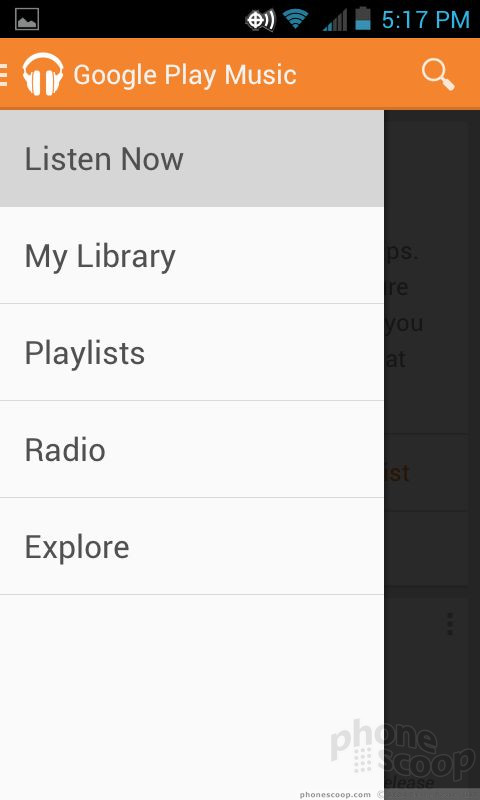







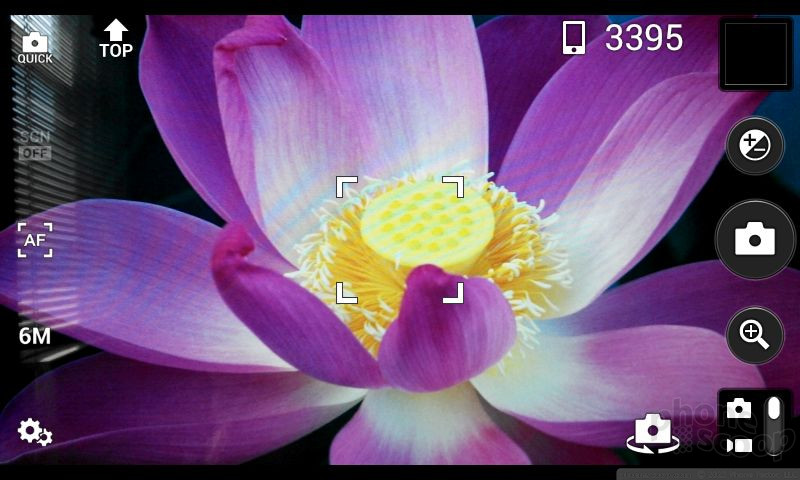



















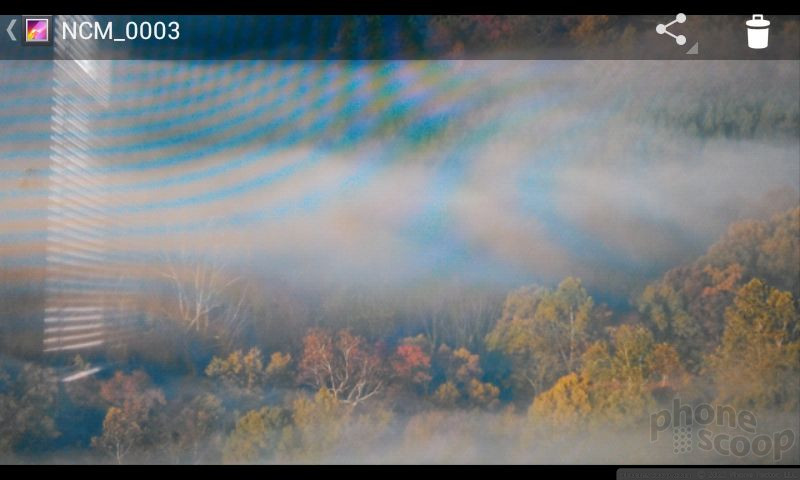





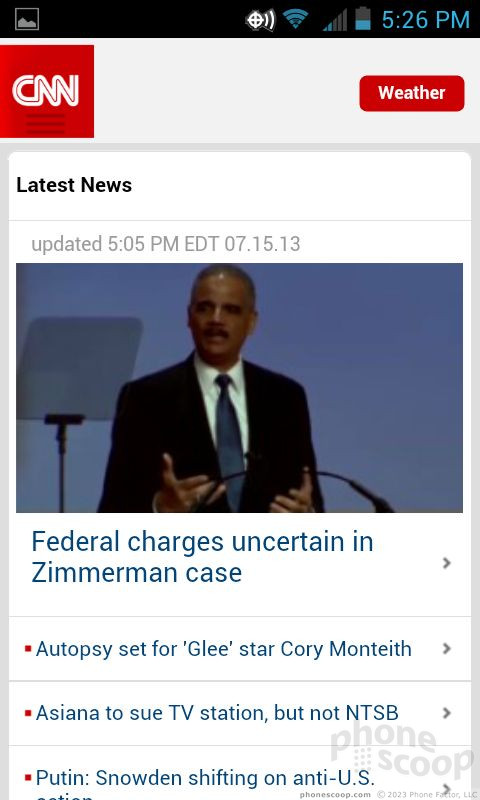



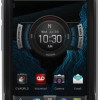 Casio Commando Uses Bluetooth 4.0 LE With G-Shock Watch
Casio Commando Uses Bluetooth 4.0 LE With G-Shock Watch
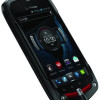 Verizon Scores the Casio G'zOne Commando 4G LTE
Verizon Scores the Casio G'zOne Commando 4G LTE
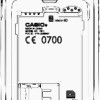 FCC Outs Casio G'zOne Smartphone for Verizon
FCC Outs Casio G'zOne Smartphone for Verizon
 Samsung S24 Series Adds More AI, Updates the Hardware
Samsung S24 Series Adds More AI, Updates the Hardware
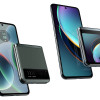 Motorola Gets Serious About Foldables with New RAZR Lineup
Motorola Gets Serious About Foldables with New RAZR Lineup
 Casio G'zOne Commando 4G LTE
Casio G'zOne Commando 4G LTE




